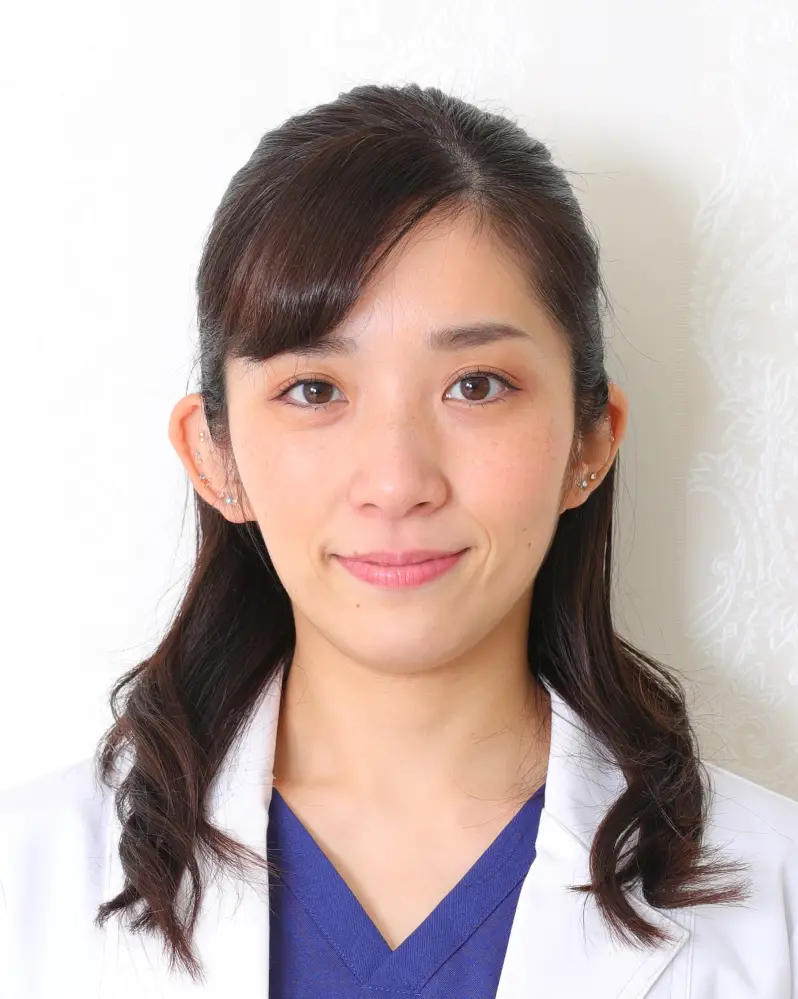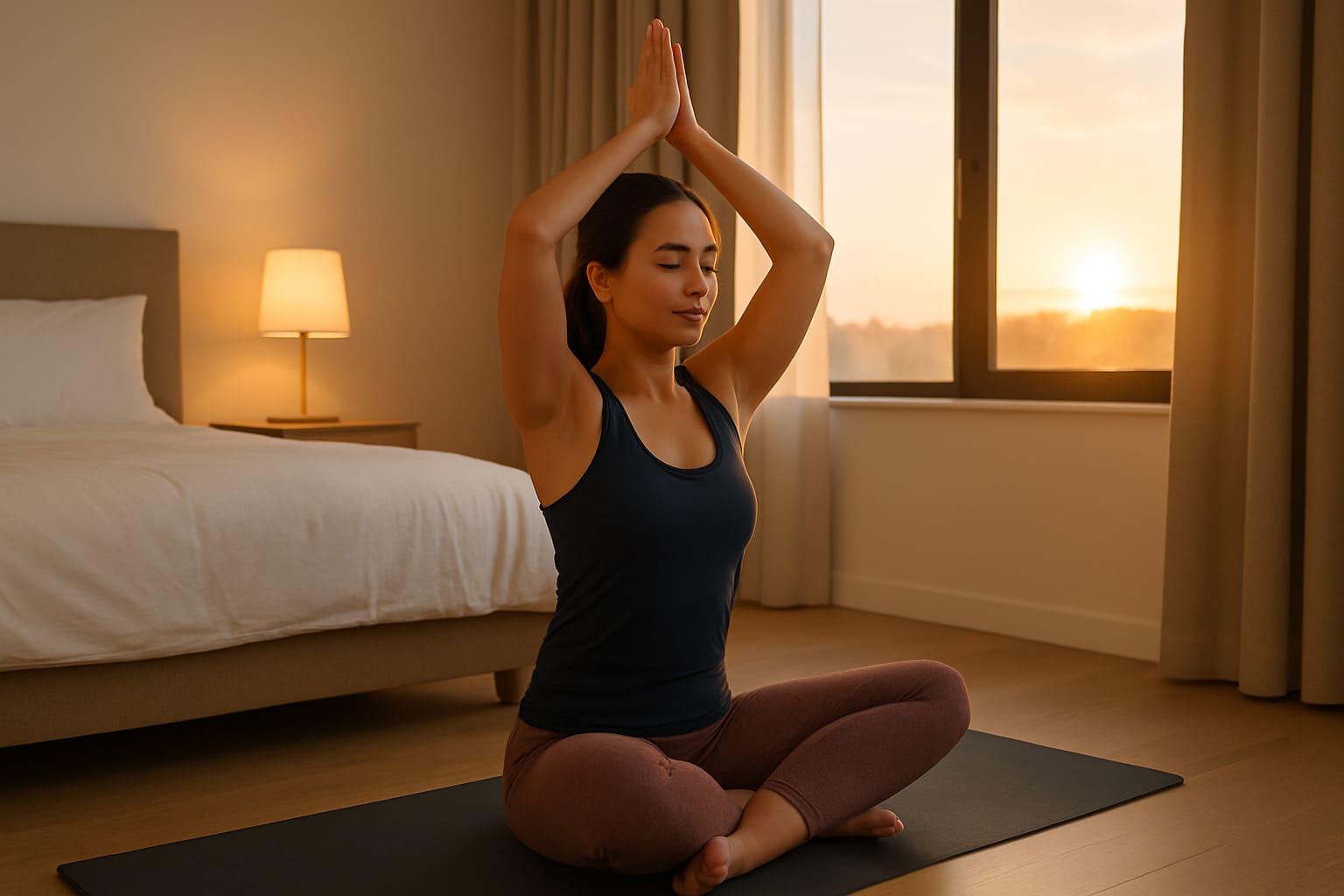Relieve Eye Fatigue During Screen Time with Acupressure Techniques
With more time spent on digital devices, eye fatigue has become a common complaint. Fortunately, Traditional Chinese Medicine (TCM) offers a natural, effective approach through acupressure to help alleviate eye strain and enhance eye health. We consulted Ms. Mai Sogawa, a TCM therapist from Japan, to gather her insights on acupressure points specifically for relieving eye fatigue caused by prolonged screen time.
This article will introduce five key acupressure points recommended by Ms. Mai that can be used to relax and rejuvenate tired eyes. If you’re new to acupressure, you may find this comprehensive guide to acupressure techniques, benefits, and side effects helpful for safe and effective practice.
How Does Acupressure Help with Eye Fatigue?
Acupressure is rooted in the principles of TCM, which focuses on balancing energy, or “Qi,” within the body. When energy becomes stagnant, it can result in discomfort, including eye strain and fatigue. By applying gentle pressure to specific acupoints around the eyes, acupressure helps improve blood circulation, release tension, and encourage relaxation, effectively reducing eye fatigue.
Here’s a closer look at the five recommended acupressure points to relieve eye strain during screen work.
Top Acupressure Points for Eye Fatigue Relief
1. BL-1 (Jingming)
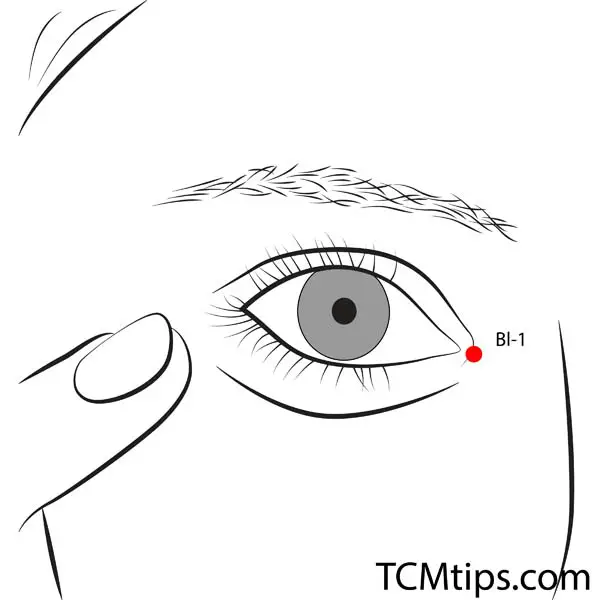
- Location: Found at the inner corner of each eye, near the bridge of the nose.
- Benefits: Stimulates blood flow around the eye area, which can reduce puffiness, tension, and fatigue.
- How to Apply: Using your index fingers, apply light pressure on each side of the nose bridge, just next to the tear ducts. Hold for about 10–15 seconds, breathing deeply as you do. Release and repeat 2–3 times.
- Tip: Be gentle around this area as the skin is sensitive. This point is especially effective for reducing tiredness around the eyes after a long day of screen use.
2. BL-2 (Zanzhu)
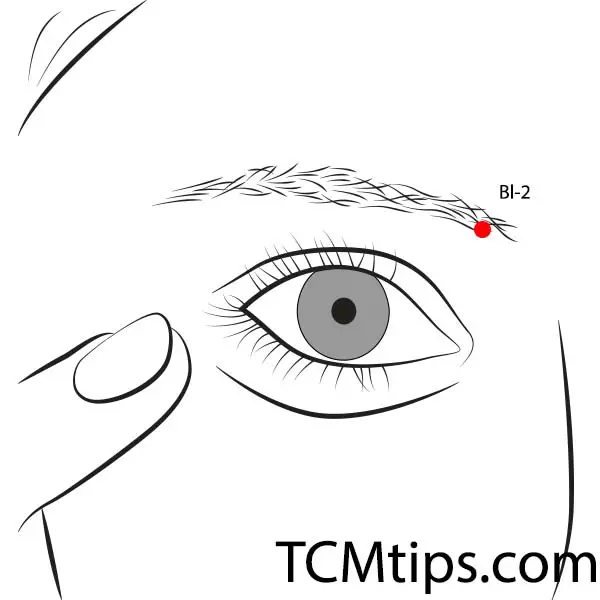
- Location: Situated at the beginning of each eyebrow, right above the inner corner of the eye.
- Benefits: Known for relieving frontal headaches and reducing eye tension, BL-2 is excellent for overall eye relaxation.
- How to Apply: Place your thumbs or index fingers at the starting point of each eyebrow and apply a light, circular massage for about 10–15 seconds. Then, release and repeat as needed.
- Tip: This point can also help relieve sinus pressure and improve concentration, making it a great addition to daily screen time breaks.
3. GB-14 (Yangbai)
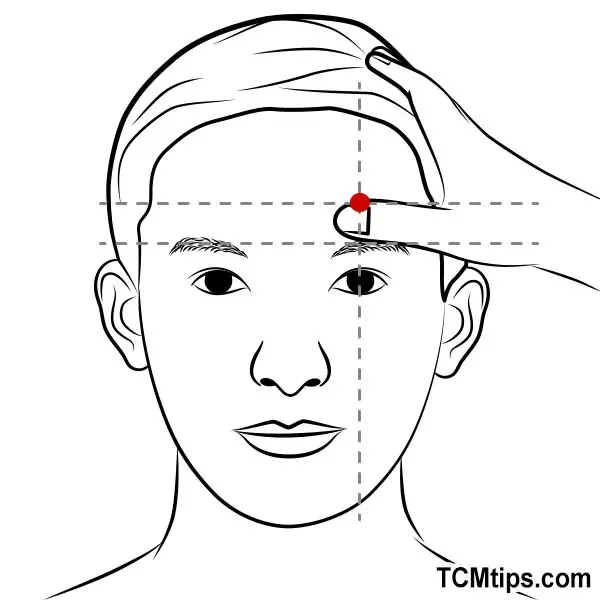
- Location: One finger width above the middle of each eyebrow, directly on the forehead.
- Benefits: Known to relieve forehead tension and headaches while enhancing focus. This point is highly effective for countering the effects of prolonged focus on screens.
- How to Apply: Use your index and middle fingers to apply light pressure on each GB-14 point, and press gently while taking deep breaths. Hold for 15–20 seconds and repeat as needed.
- Tip: Massage this point during short breaks for quick relief from eye fatigue and mental stress.
4. ST-2 (Sibai)
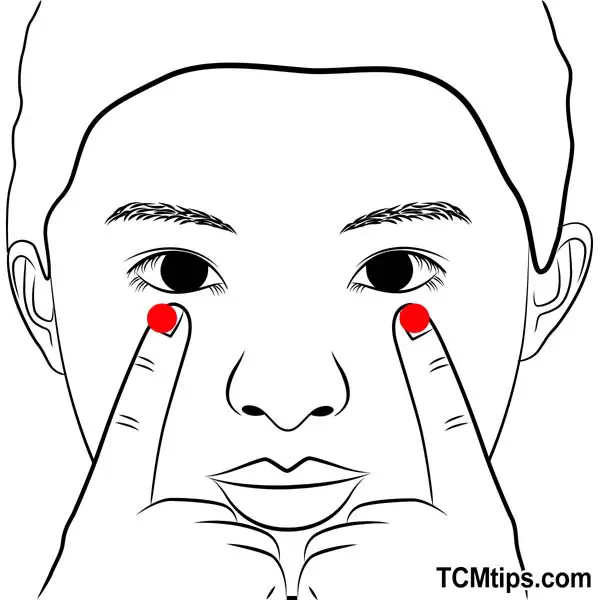
- Location: Directly below the pupil, in the hollow of the cheekbone.
- Benefits: Promotes blood circulation around the eye and reduces puffiness or heaviness, especially helpful for those experiencing eye strain.
- How to Apply: Using your fingertips, press the point beneath each eye, applying gentle, upward pressure for about 10 seconds. Release, breathe deeply, and repeat as needed.
- Tip: This point can also alleviate nasal congestion, which may worsen eye strain. It’s a beneficial addition to your acupressure routine if you’re experiencing multiple symptoms.
5. TE-23 (Sizhukong)
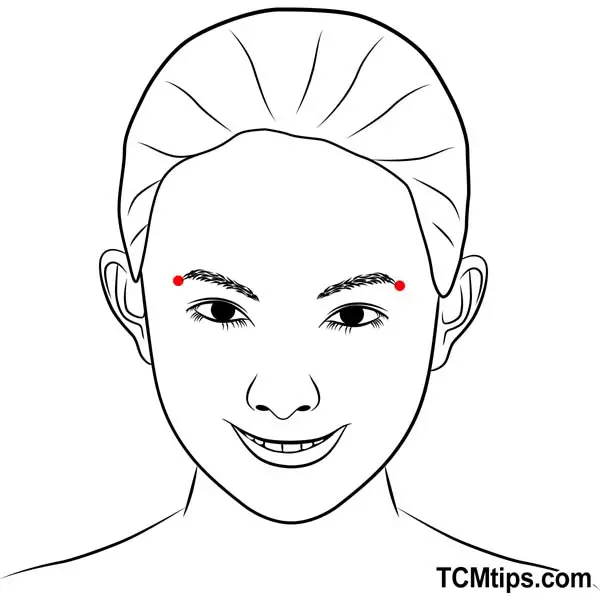
- Location: At the outer edge of each eyebrow, near the temple area.
- Benefits: Effective for easing temple tension and improving circulation around the eyes, which is ideal after extended screen exposure.
- How to Apply: Place your index fingers on the outer corners of each eyebrow and press gently inwards, massaging the area with slight circular motions for about 15 seconds. Release and repeat 2–3 times.
- Tip: Applying pressure here can help relieve headaches as well as reduce tension around the temples and upper eye area.
Additional Tips for Preventing Eye Strain
Acupressure can significantly alleviate eye fatigue, but adopting these additional habits may further reduce eye strain during screen time:
- Follow the 20-20-20 Rule: Every 20 minutes, take a 20-second break to look at something 20 feet away. This simple practice helps to refocus your eyes.
- Adjust Lighting: Minimize harsh light sources that create glare. Position screens to avoid reflections from windows or bright lights.
- Blink Regularly: Blinking moisturizes the eyes, which helps to prevent dryness and discomfort during prolonged screen time.
- Use Blue Light Filters: Consider blue light glasses or screen filters to minimize blue light exposure, a major factor in eye fatigue.
Making Acupressure Part of Your Routine
Taking breaks during screen time to practice these acupressure techniques can work wonders for reducing eye strain. As Ms. Mai Sogawa suggests, integrating acupressure into your daily routine can offer lasting benefits for eye health and overall well-being. By relieving tension, acupressure not only enhances your productivity but also contributes to long-term eye wellness.
Give these acupressure points a try to ease your eye strain, and discover the difference natural practices can make in your day-to-day life!

Try our Anti-Aging Gua Sha Tool designed to bring out your skin’s natural glow.
Best Gua Sha Product- Anti-Aging: The tool is designed to target 11 specific aging signs such as wrinkles and sagging skin. By following the 7-step routine, users can improve skin firmness and reduce fine lines naturally.
- Enhances Skincare Routine: It works effectively with serums and lotions, boosting absorption and efficacy of skincare products.
- Visible Skin Improvement: Users can expect a smoother complexion, reduced puffiness, and a more youthful appearance.
 P. Sze
P. Sze 
